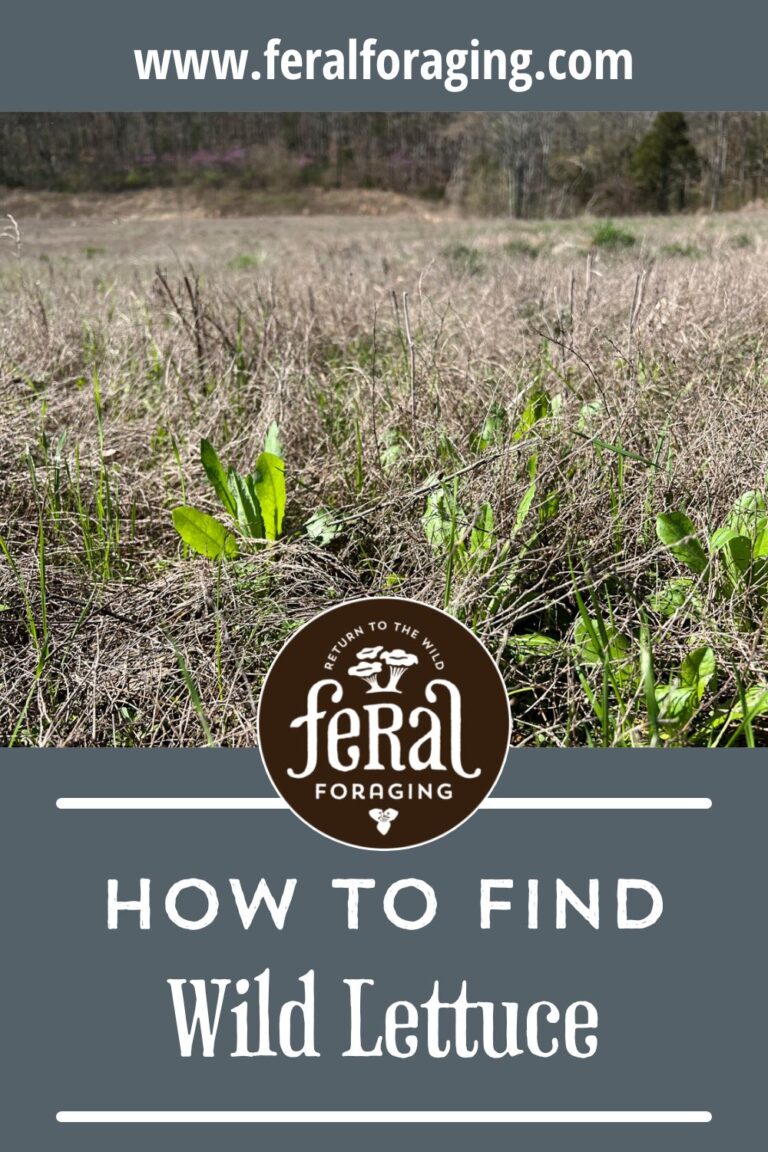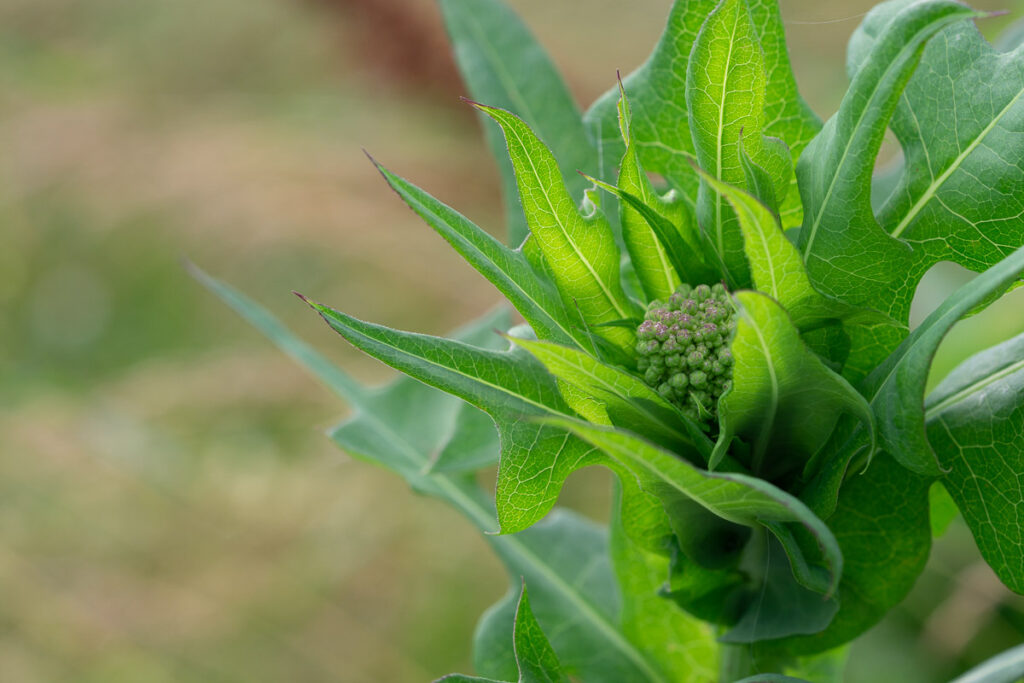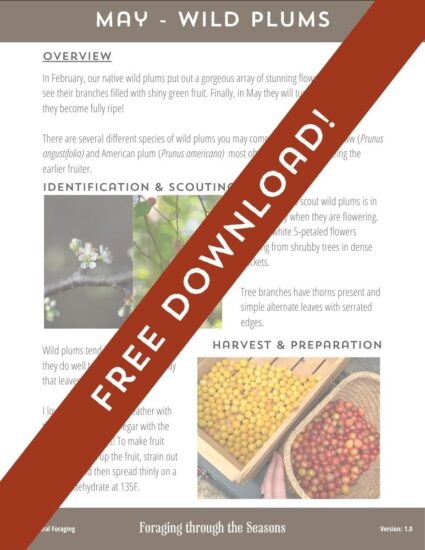Finding Wild Lettuce
Wild lettuce, also known as Lactuca, is a nutritious and versatile plant that can be found throughout North America and other continents. This plant has a long history of use in traditional medicine, and its leaves and stems are popular foraging items. In this article, we’ll show you how to find wild lettuce within its natural range, where it typically grows, and whether it can be cultivated in a garden.
Where in the World Does Wild Lettuce Grow?
Wild lettuce is a truly global plant. Though there are around 50 species in the genus Lactuca, when we say “Wild Lettuce” we are typically referring to species like:
- Lactuca biennis
- Lactuca canadensis
- Lactuca floridana
- Lactuca ludoviciana
- Lactuca serriola
- Lactuca quercina
- Lactuca virosa
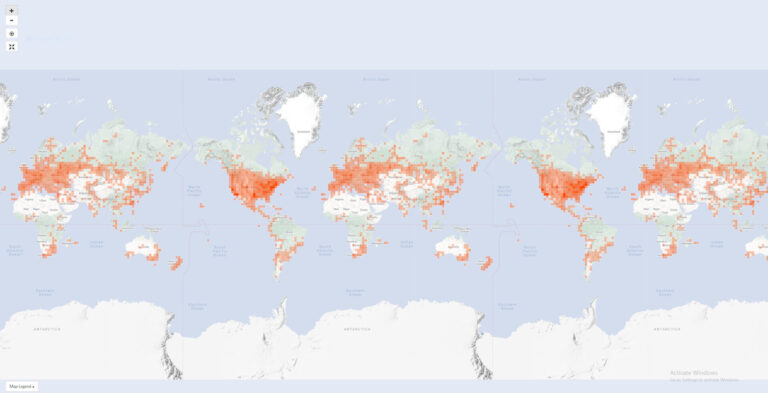
What Environment Does Wild Lettuce Grow in?
Wild lettuce is a hardy and adaptable plant that can be found in a variety of habitats. As a pioneering biennial, wild lettuce can be found in abundant populations in open areas as rosettes in Spring and dense groups of flowering stalks later in the year. Here are some of the most common types of environments where wild lettuce can be found:
- Open Fields
Wild lettuce is often found growing in open fields, meadows, and pastures. These types of habitats provide the plant with plenty of sunlight and space to grow, which are ideal conditions for wild lettuce. Look for wild lettuce growing in areas with low grass or other competing vegetation, as this plant prefers open space to thrive. - Disturbed Areas
Wild lettuce is also known to grow in disturbed areas, such as along roadways, trails, or other areas where the soil has been disrupted. It is one of the first plants to recolonize bare soil. This can include abandoned lots or construction sites. If you’re in an urban or suburban environment, these types of areas may be your best bet for finding wild lettuce. Just be certain to know of any environmental contaminants before foraging from a site disturbed by human activity. - Roadsides
Another common area where wild lettuce can be found is along roadsides, particularly in areas with low traffic volume. The plants growing in these areas are often left undisturbed, providing a favorable environment for wild lettuce to grow. Like with disturbed areas, you must make an assessment of the contamination of such a site. We typically do not recommend foraging very close to roadsides. - Forest Edges
Wild lettuce can sometimes be found at the edges of woodlands where there is more sunlight. Look for wild lettuce growing near clearings or along the edges of hiking trails. While it is possible to find wild lettuce here, it is not the ideal habitat.
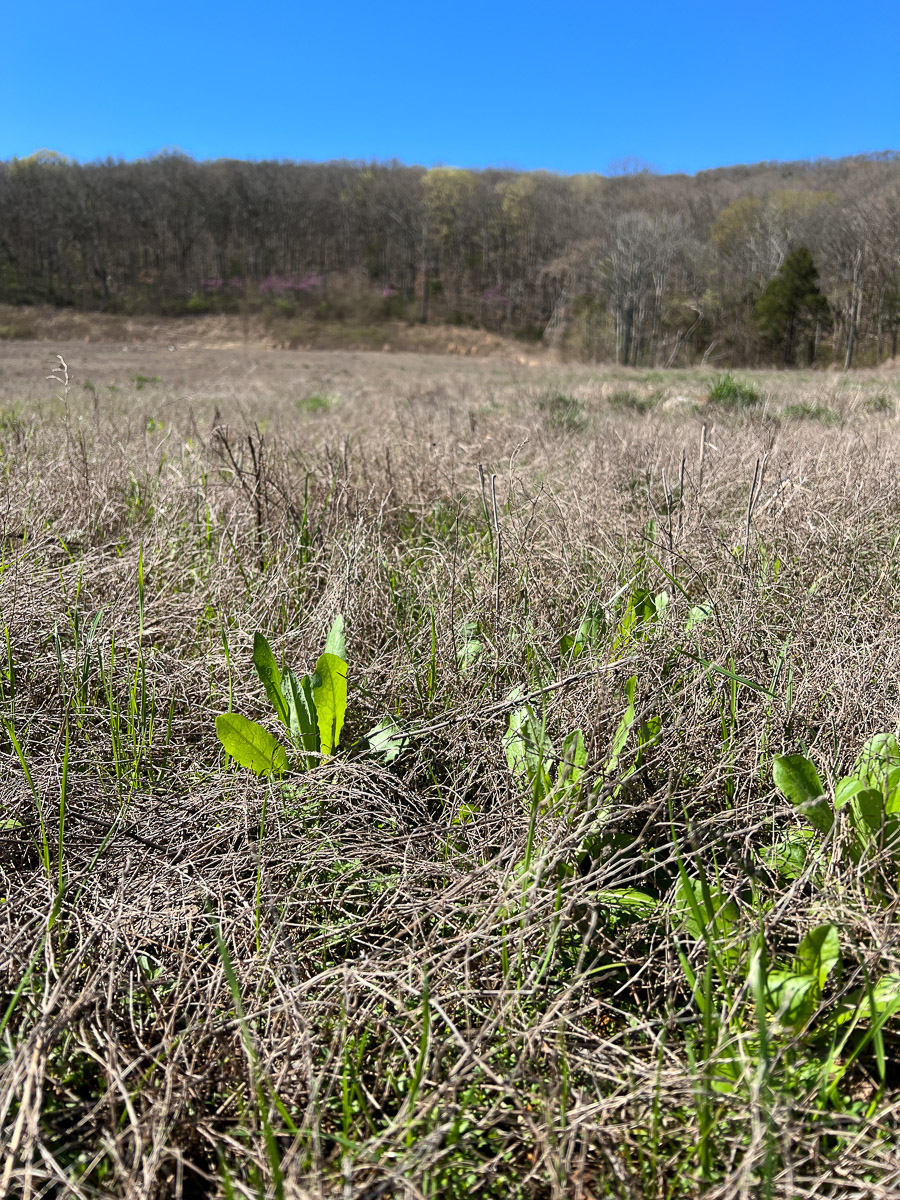
Where Wild Lettuce Does Not Grow
While wild lettuce is a hardy and adaptable plant, there are some areas or conditions where it may not be found. For example, wild lettuce does not typically grow in wetlands, bogs, or other areas with standing water. Additionally, large wild lettuce plants cannot thrive in a forested setting where there is little access to sunlight! As with many other wild species, look for wild lettuce on the outside of the forest, not in the forest!
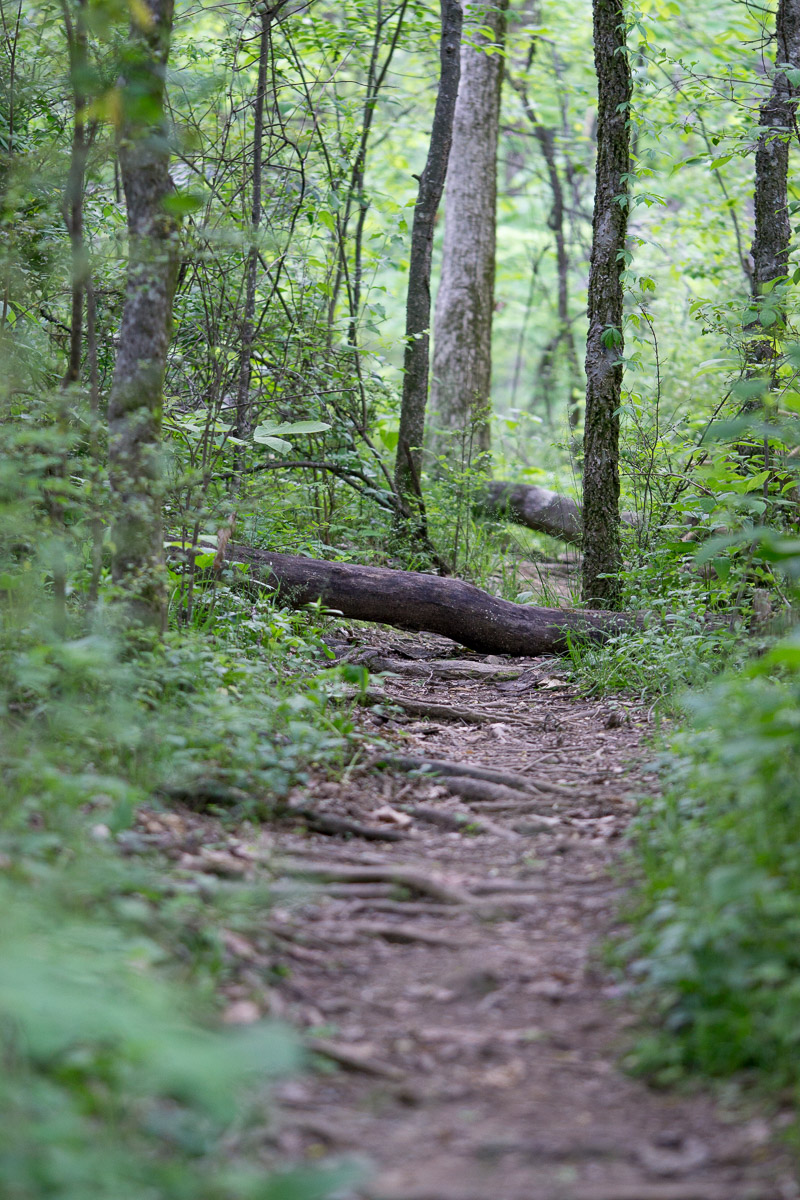
Can I Plant Wild Lettuce in a Garden?
If you’re interested in growing wild lettuce in your garden, you may be in luck. While this plant is typically found in the wild, it can also be cultivated in a garden setting. Wild lettuce prefers full sunlight and may not grow well in shady areas. As a weedy biennial, it can easily be grown from seed that can be collected in late Summer.
However, there is one important consideration when growing wild lettuce from seed. See below.
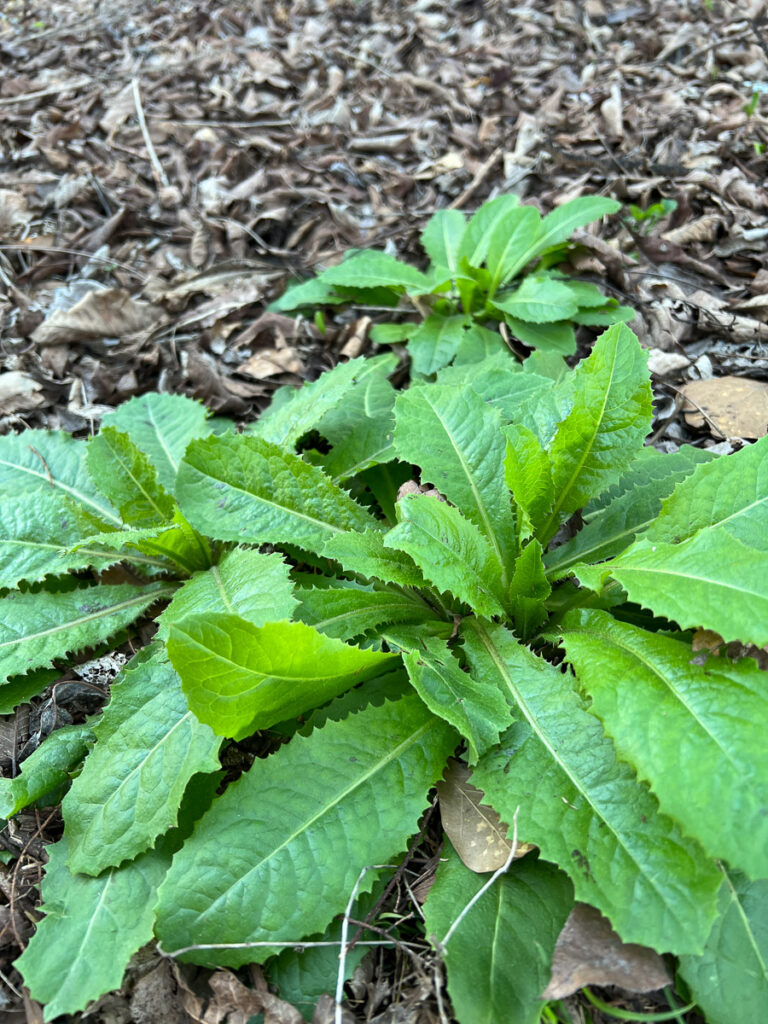
Considerations When Growing Wild Lettuce in a Garden
When we use plants as herbs, the chemicals that are of use to use are typically secondary metabolites. These are chemicals that are not necessarily essential for survival, but assist with the plant’s success. Two secondary metabolites in Lactuca that are thought to have the effect people look for are Lactucin and Lactucopicrin. These are likely to help defend the wild lettuce plants against insects (one of the is an Acetylcholinesterase inhibitor which is used as an insect nerve agent). In theory, in an environment with less environmental pressure, the plant would not have as much of a need to produce these chemicals and may not be as “strong” from an herbal standpoint. See our article on Wild Lettuce extract for more info on these chemicals and their extraction.
It is important to note that this is yet to be proven and is just conjecture.
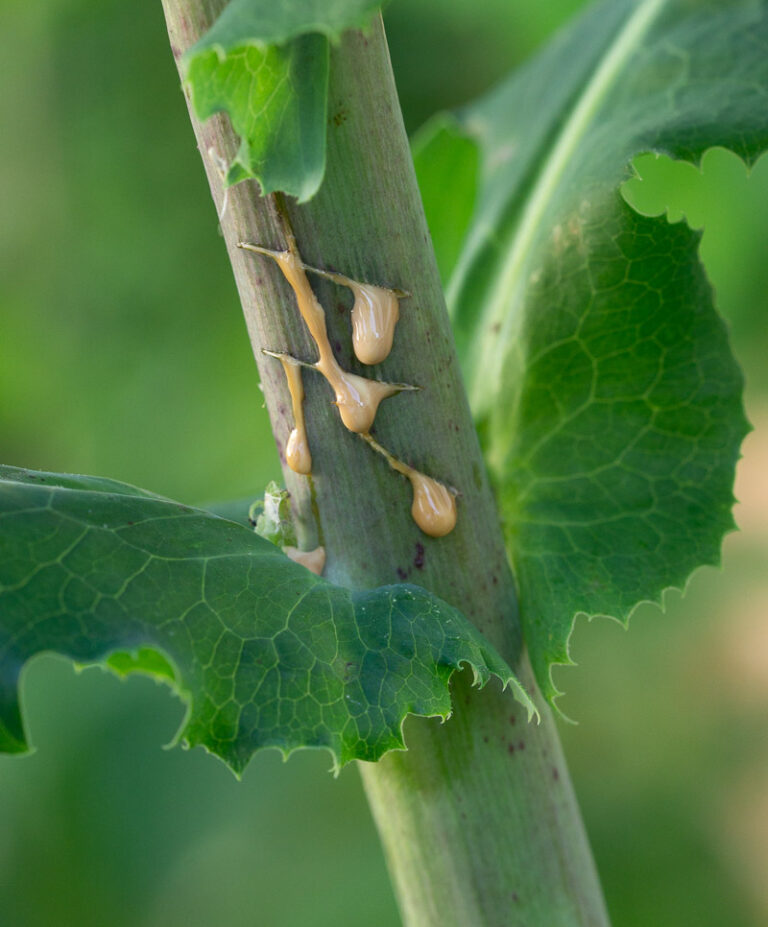
Final Thoughts on Finding Wild Lettuce
Wild lettuce is a valuable and versatile plant that can be found in a variety of habitats across North America. By knowing where to look and what to look for, you can easily incorporate wild lettuce into your foraging practices and enjoy its many benefits. Just remember to always practice safe and sustainable foraging techniques and to be respectful of the natural environment in which wild lettuce grows.
If you think you have found a wild lettuce plant, you can see our article on exactly how to distinguish it from the many lookalikes!
If you have found wild lettuce and are looking for more information on how to extract its phytochemicals, see this article!
